Piezoelectric Energy
In this article, I'll show you how to make a small, wallet-sized device that generates electricity from kinetic energy. The concept is simple: Piezoelectricity is the charge that is produced when certain solid materials (commonly ceramic and crystal) in response to mechanical stress. Piezoelectrics have many applications; in speakers, actuators, sensors, even fuses. For more information, click here.
A demonstration:
The Process
Materials:
First, find yourself a couple small, identical LEDs. These are virtually everywhere; in cellphones, remotes, flashlights, most coffee makers, etc. You can find them at most (every) electronics store, or extract them from old electronics. Second, you'll need a piezoelectric disk. These can be found in digital watches, digital clocks, computers, and many other devices. I extracted mine from an old digital watch with an alarm. You'll also need some fluxcore solder.
Tools:
A soldering iron and some "helping hands" (a little device that sits on your desk, made up of two spring-clips (alligator clips). Not necessary, but makes life easier)
Procedure:
Take your LEDs and identify their polarities. Since its not necessary which polarity is which as long as they are opposite, just look for similarities in the LEDs, and reverse them. Typically, a piezoelectric disk should have a metal outer-rim, and an inner circle made of a less-than-shiny material. That's one polarity, and the outer-rim is the other. Carefully solder the LEDs to your piezoelectric disk WITHOUT overheating them or the disk, and let dry. To test, simply flick the disk NOT aggressively, and observe the blinking LEDs.
If you're interested in other articles related to electricity and high voltage, check out How to Make a Jacob's Ladder: Chained Lightning and High-Lighter Stun-Gun
Tips
- Don't use too much solder, it will look ugly and impair electricity generation
- Use tweezers to place the LEDs on the piezo disk, it makes life easier and saves unnecessary burns
- Use a fine-point soldering iron, it works better for small components
Warnings
- Soldering irons are hot!! Don't burn yourself
- Don't overheat the piezo disk!! It damages it
- Same goes for the LEDs
- Don't over-stress the piezo disk, they are VERY FRAGILE!
Just updated your iPhone? You'll find new Apple Intelligence capabilities, sudoku puzzles, Camera Control enhancements, volume control limits, layered Voice Memo recordings, and other useful features. Find out what's new and changed on your iPhone with the iOS 18.2 update.




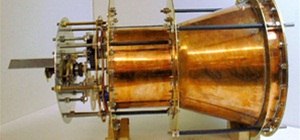
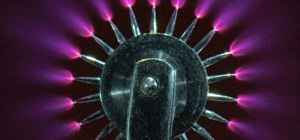
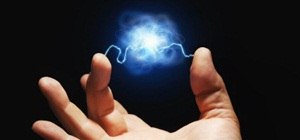

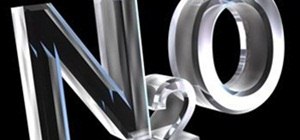

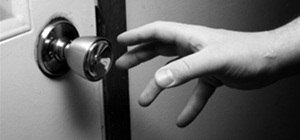
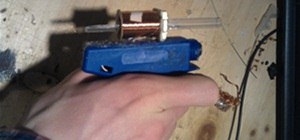

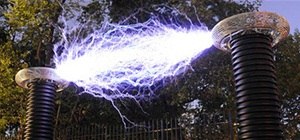
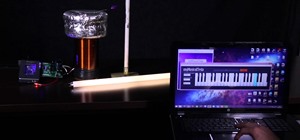

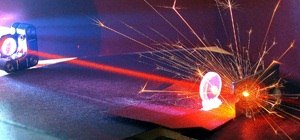
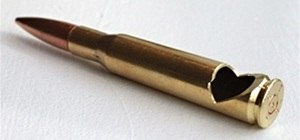
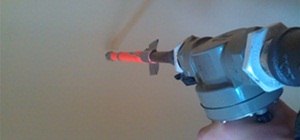



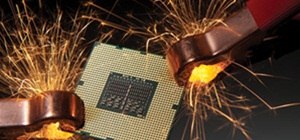
3 Comments
So much great hardware stuff :'). Great tutorial, I can't say enough good things about your content, you're an awesome addition to WHT.
Thank you! Im grateful to have the opportunity :)
thanx
Share Your Thoughts